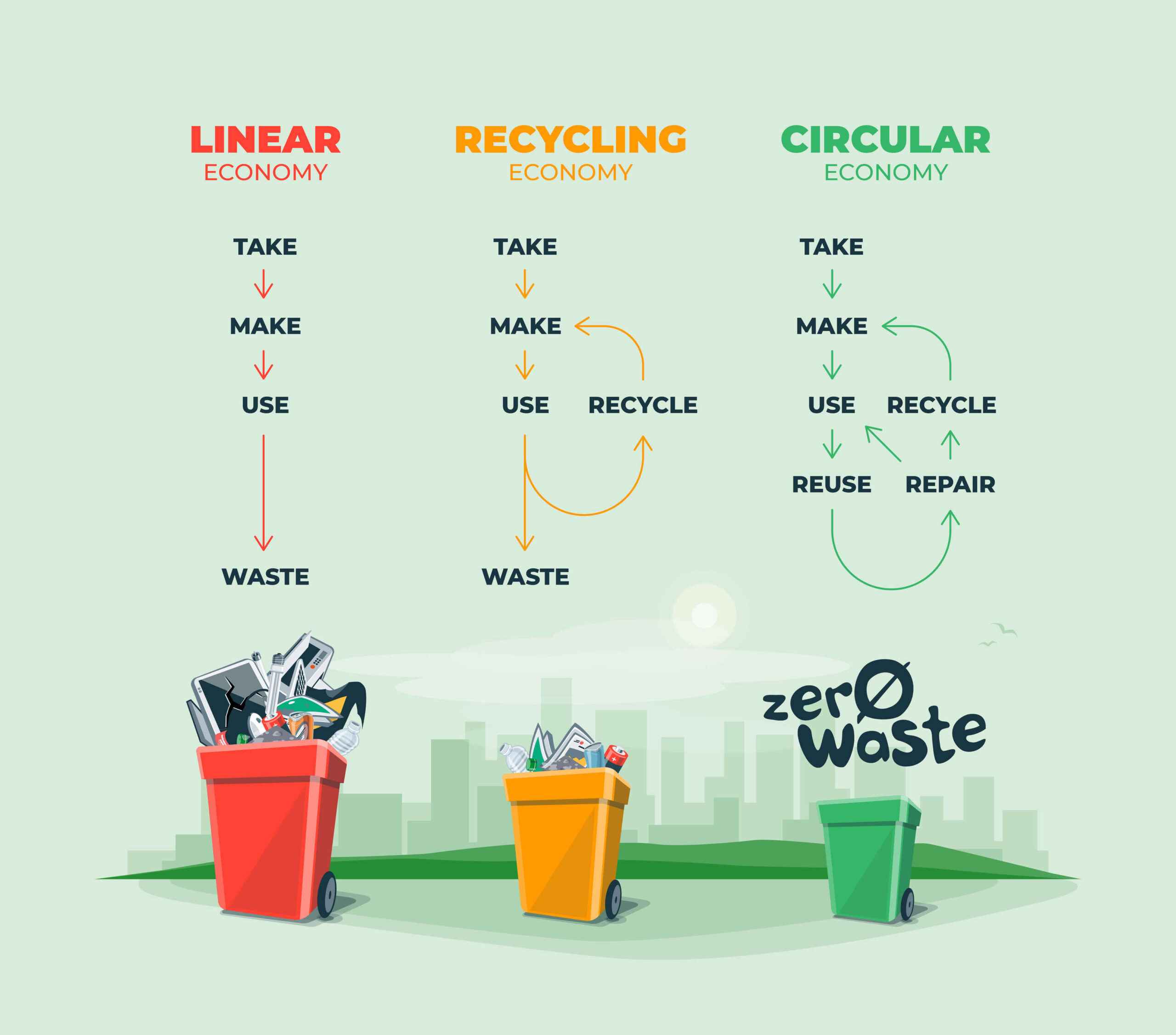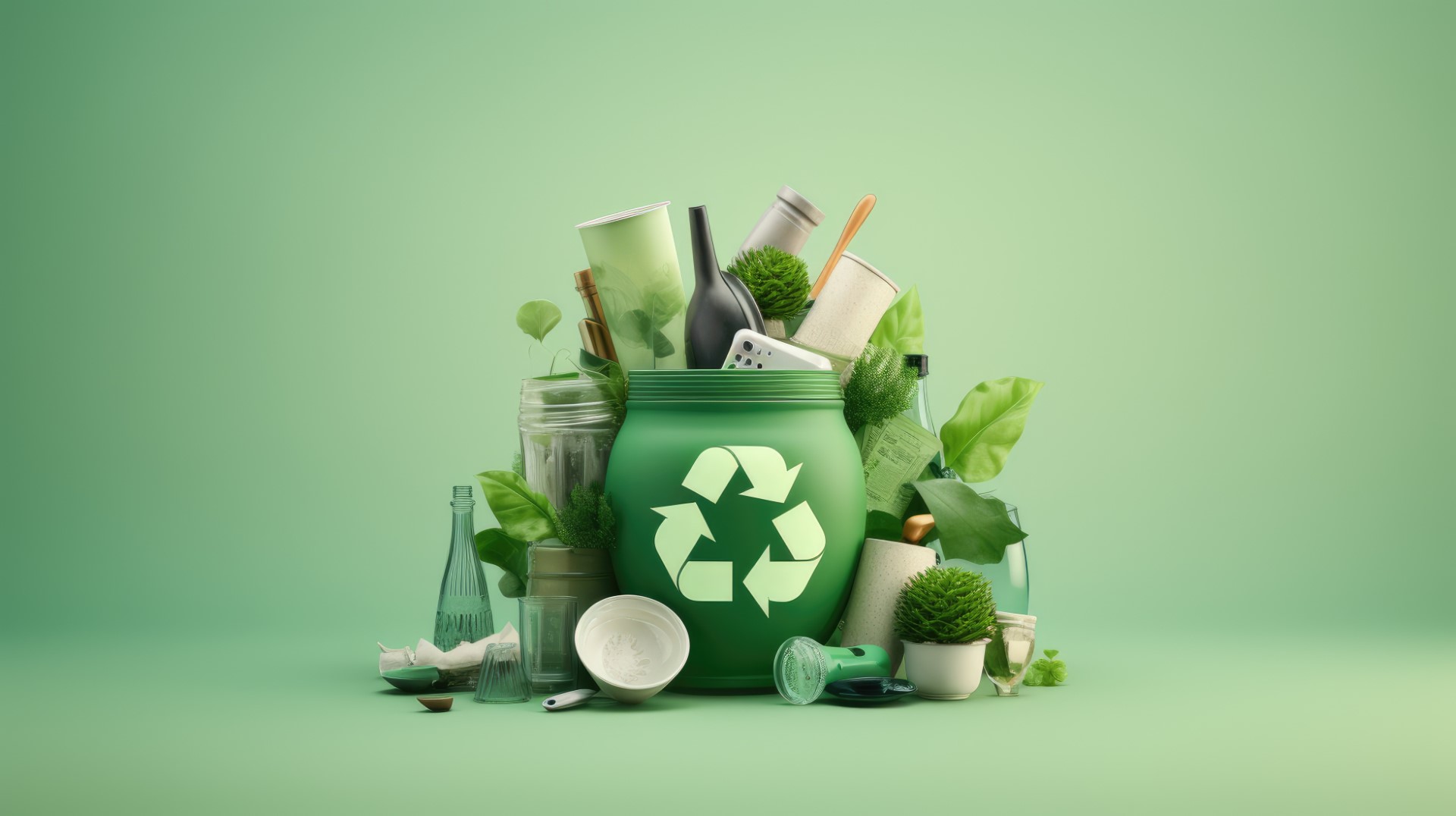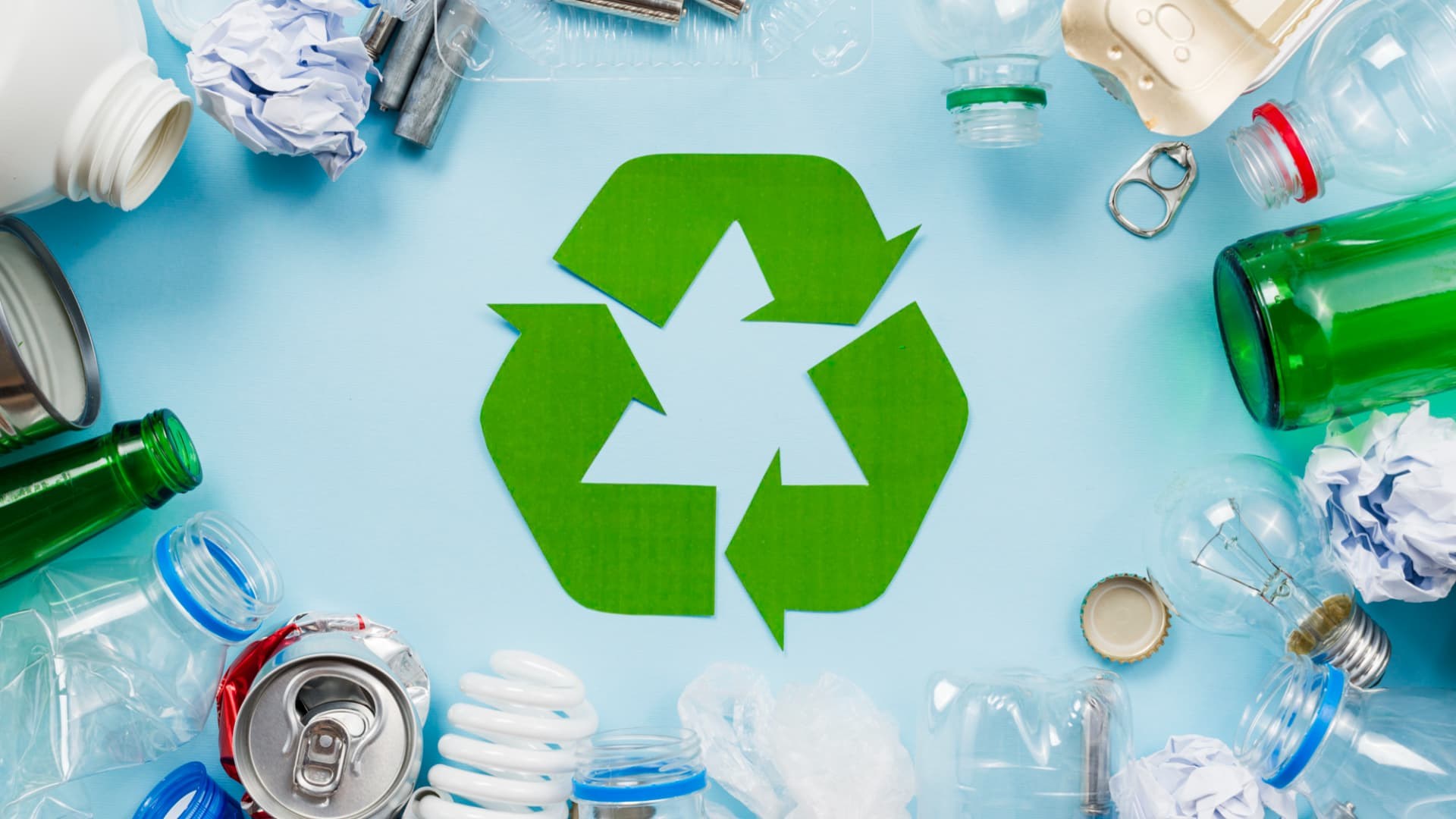Exploring Different Kinds Of Waste in Modern Waste Management Systems
The modern landscape of waste monitoring includes browsing an intricate variety of waste types, each requiring specialized handling and disposal approaches to reduce environmental influences. Local solid waste, harmful waste, digital waste, and organic waste each existing unique difficulties and opportunities for resource recuperation.
Local Solid Waste
Metropolitan solid waste, often referred to as family trash or trash, includes a range of discarded products produced by domestic, business, and institutional sources within a municipality. This waste stream usually includes items such as product packaging, food scraps, yard trimmings, paper, plastics, fabrics, and thrown out family goods. The administration of municipal strong waste is a crucial part of urban planning and public wellness, necessitating effective collection, transportation, and disposal systems.
Reliable waste administration systems are developed to decrease environmental effect while taking full advantage of resource healing. Composting natural waste, such as food scraps and yard trimmings, not only minimizes land fill use yet additionally produces important dirt modifications.
Municipalities should also attend to the logistical and economic difficulties related to waste monitoring. Implementing pay-as-you-throw systems, enhancing public recognition, and buying innovation can dramatically enhance waste diversion rates. By integrating these practices, towns can cultivate lasting areas, minimize greenhouse gas emissions, and conserve natural deposits.
Contaminated Materials

Effective unsafe waste administration entails several important actions: identification, partition, treatment, and disposal. Recognition involves the category of waste based upon its unsafe residential properties. Segregation guarantees that harmful products are saved individually from non-hazardous waste to stop cross-contamination. Therapy methods, such as chemical neutralization, incineration, and stabilization, are employed to minimize the poisoning, quantity, or mobility of the waste. Finally, disposal options, consisting of secure landfills and underground storage, are selected to guarantee long-term containment.
Regulatory structures, such as the Resource Conservation and Recuperation Act (RCRA) in the USA, offer standards and standards for dangerous waste management. Adherence to these laws, combined with developments in waste therapy innovations, is vital in reducing the risks connected with hazardous waste.
Electronic Waste
Digital waste, typically described as e-waste, represents a quickly growing obstacle in waste administration systems globally. This sort of waste encompasses disposed of electronic tools and equipment such as smart devices, computers, televisions, and other electronic devices. The fast rate of technical development, paired with lowering product life expectancies and customer demand for the current tools, has greatly enhanced the volume of e-waste created every year.
E-waste is specifically troublesome as a result of its complex structure, typically consisting of hazardous compounds like cadmium, lead, and mercury, which pose considerable ecological and health threats if not appropriately taken care of. Conversely, e-waste also consists of beneficial products such as silver, gold, and copper, which can be recouped and reused. The twin nature of e-waste-- both hazardous and important-- necessitates customized handling, reusing, and disposal procedures.
Reliable e-waste monitoring entails rigorous governing structures, durable collection systems, and progressed reusing innovations. Public awareness and involvement are important, as incorrect disposal methods, such as unlawful dumping and casual recycling, worsen environmental contamination website link and carcinogen. Boosting e-waste management practices is vital for minimizing ecological influence and recovering beneficial resources in a significantly digital globe.

Organic Waste
Organic waste, comprising cooking area scraps, yard trimmings, and farming deposits, stands for a considerable portion of the international waste stream. This kind of waste is naturally degradable, implying it can be damaged down by microorganisms into less complex natural substances. Regardless of its capacity for all-natural disintegration, improper monitoring of organic waste can bring about unfavorable ecological influences, including the discharge of greenhouse gases such as methane, which add to environment change.
Efficient monitoring of organic waste is essential for decreasing these environmental impacts (recycling lives services). Composting is a about his commonly taken on approach, transforming organic waste into nutrient-rich compost that can boost dirt health and agricultural efficiency. Furthermore, anaerobic food digestion is an arising modern technology that converts natural waste into biogas, an eco-friendly power resource, and digestate, which can be made use of as fertilizer
Municipalities and waste management entities need to apply robust natural waste collection and therapy programs to make best use of the benefits of these processes. Public education campaigns can likewise play an essential function in encouraging houses and services to separate organic waste from various other kinds of waste. By focusing on the monitoring of natural waste, cultures can lower landfill usage, reduced greenhouse gas exhausts, and develop beneficial byproducts for farming usage.

Ingenious Waste Management
In the world of waste administration, ingenious approaches are transforming how societies manage their refuse, aiming for sustainability and performance. One famous development is the application of smart waste containers outfitted with sensors that monitor fill degrees and enhance collection routes.
An additional significant development is the fostering of waste-to-energy (WtE) innovations. By converting Home Page non-recyclable waste into useful power with processes such as incineration and anaerobic food digestion, WtE minimizes landfill worry and offers a renewable resource source. Additionally, advancements in chemical reusing enable the break down of intricate plastics right into their initial monomers, making it possible for the production of new, top notch plastic products.
Additionally, the round economic situation design is obtaining grip, emphasizing the layout of items and systems that prioritize reusability and source performance. This all natural technique urges markets to reduce waste generation from the beginning. With these innovative techniques, modern-day waste management systems are not just addressing the instant challenges of waste disposal however also leading the way for a more lasting future.
Final Thought
A detailed understanding of metropolitan solid waste, contaminated materials, digital waste, and organic waste, combined with the execution of innovative waste monitoring solutions, is crucial for mitigating environmental impacts. Integrating modern technologies such as clever waste containers and waste-to-energy systems can improve performance and sustainability. Efficient waste monitoring approaches not just foster source recuperation however additionally promote public recognition and participation, ultimately contributing to the growth of a round economy.
The modern landscape of waste management involves navigating a complicated array of waste types, each requiring specialized handling and disposal approaches to mitigate ecological influences. Metropolitan solid waste, unsafe waste, digital waste, and natural waste each present unique difficulties and chances for resource healing.Digital waste, typically referred to as e-waste, represents a quickly growing challenge in waste monitoring systems internationally. Via these ingenious techniques, contemporary waste administration systems are not just dealing with the immediate difficulties of waste disposal yet also leading the way for a more lasting future.
A thorough understanding of municipal strong waste, harmful waste, digital waste, and natural waste, paired with the execution of ingenious waste monitoring solutions, is necessary for reducing ecological effects. (recycling lives services)